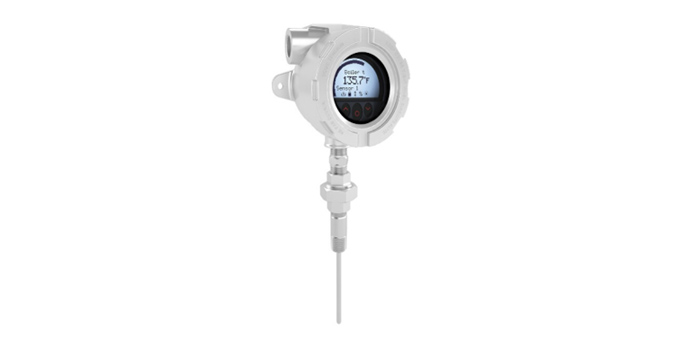
Description
Temperature Transmitters
Temperature Gauges
Temperature Sensors
Temperature transmitters are devices used to convert temperature measurements into standardized electrical signals, typically for transmission to control systems or monitoring equipment. They take the temperature readings from various types of temperature sensors, such as thermocouples or RTDs, and provide an output signal that can be easily integrated into industrial control systems. Here are some key features and types of temperature transmitters:
1. Signal Conversion : Temperature transmitters convert the analog signal from the temperature sensor into a standardized analog output signal, such as 4-20 mA or 0-10 VDC. This standardized signal can be easily transmitted over long distances without significant signal degradation.
2. Accuracy and Calibration : Temperature transmitters are calibrated to ensure accurate temperature measurement. They are typically factory calibrated or provide options for field calibration to maintain accuracy over time. High-quality transmitters offer excellent accuracy and stability, minimizing measurement errors.
3. Temperature Range : Different temperature transmitters are designed to handle specific temperature ranges. Some transmitters are suitable for low-temperature applications, while others can handle high-temperature environments. It is important to select a transmitter that matches the temperature range required for the application.
4. Mounting Options : Temperature transmitters come in various form factors to accommodate different installation requirements. Some transmitters are designed for panel mounting, while others can be mounted on a DIN rail or directly onto the temperature sensor. The mounting options should be considered based on the available space and installation constraints.
5. Communication Protocols : Modern temperature transmitters often support digital communication protocols such as HART (Highway Addressable Remote Transducer), Foundation Fieldbus, or Profibus. These protocols enable advanced functionality, such as remote configuration, diagnostics, and enhanced communication with control systems.
6. Intrinsically Safe (IS) Versions : In hazardous environments, where there is a risk of explosive gases or combustible dust, intrinsically safe temperature transmitters are used. These transmitters are designed to prevent the generation of sparks or excessive heat that could ignite the surrounding atmosphere.
7. Multipoint Transmitters : Some temperature transmitters can handle multiple temperature sensors and provide multiple output signals. These transmitters are useful when monitoring temperature at various points within a system, allowing for centralized monitoring and control.
8. Thermocouple : A thermocouple consists of two different metal wires joined at one end to form a junction. When there is a temperature difference between the junction and the other end, it generates a voltage proportional to the temperature. Thermocouples are widely used due to their durability, wide temperature range, and fast response time.
9. Resistance Temperature Detector (RTD) : RTDs use the principle that the electrical resistance of certain metals, such as platinum, changes with temperature. The RTD is a coil or wire made of the metal, and its resistance is measured to determine the temperature. RTDs provide high accuracy and stability over a wide temperature range.
